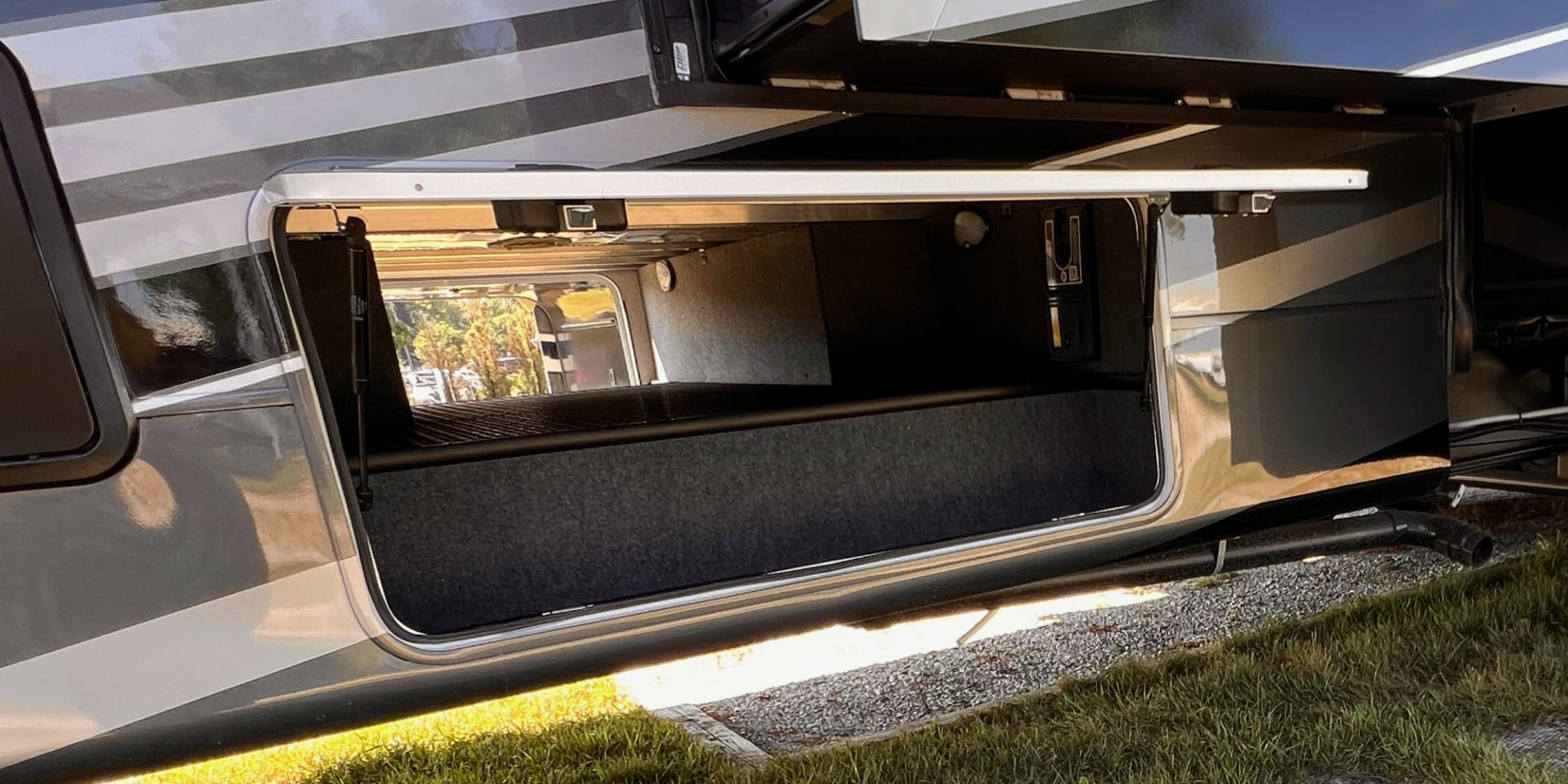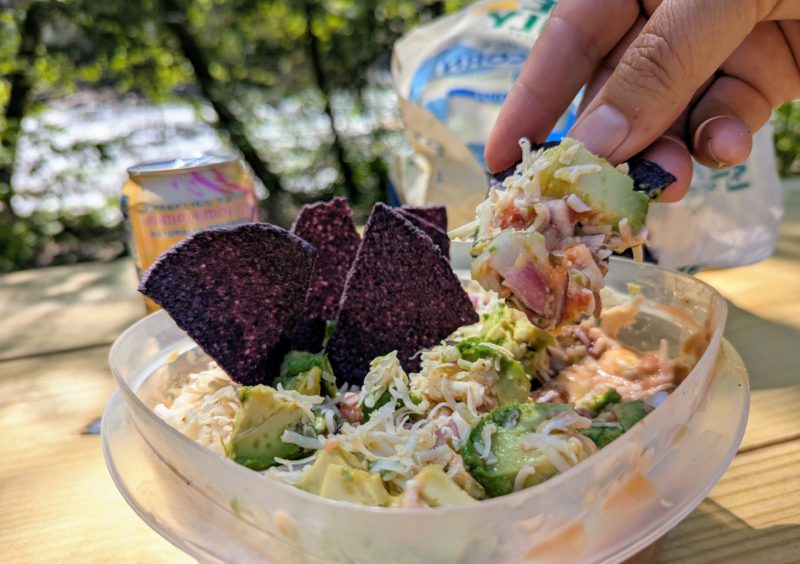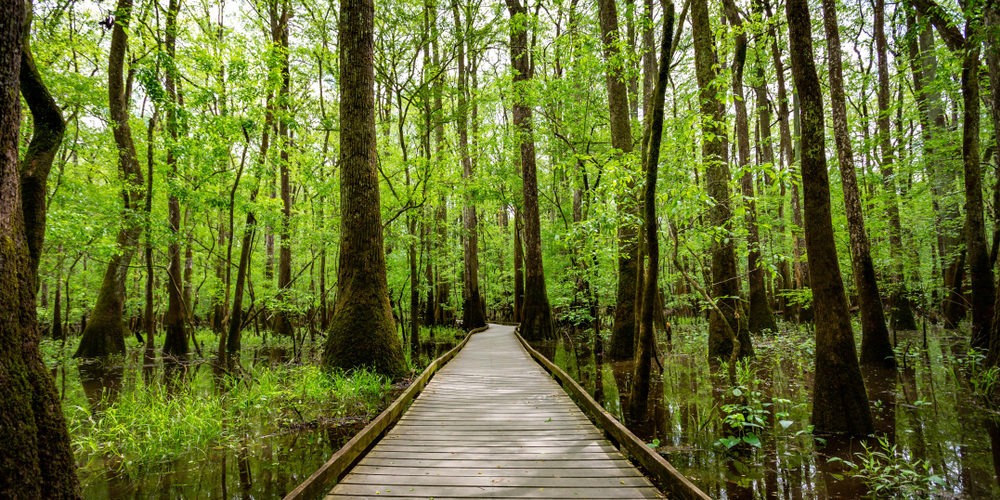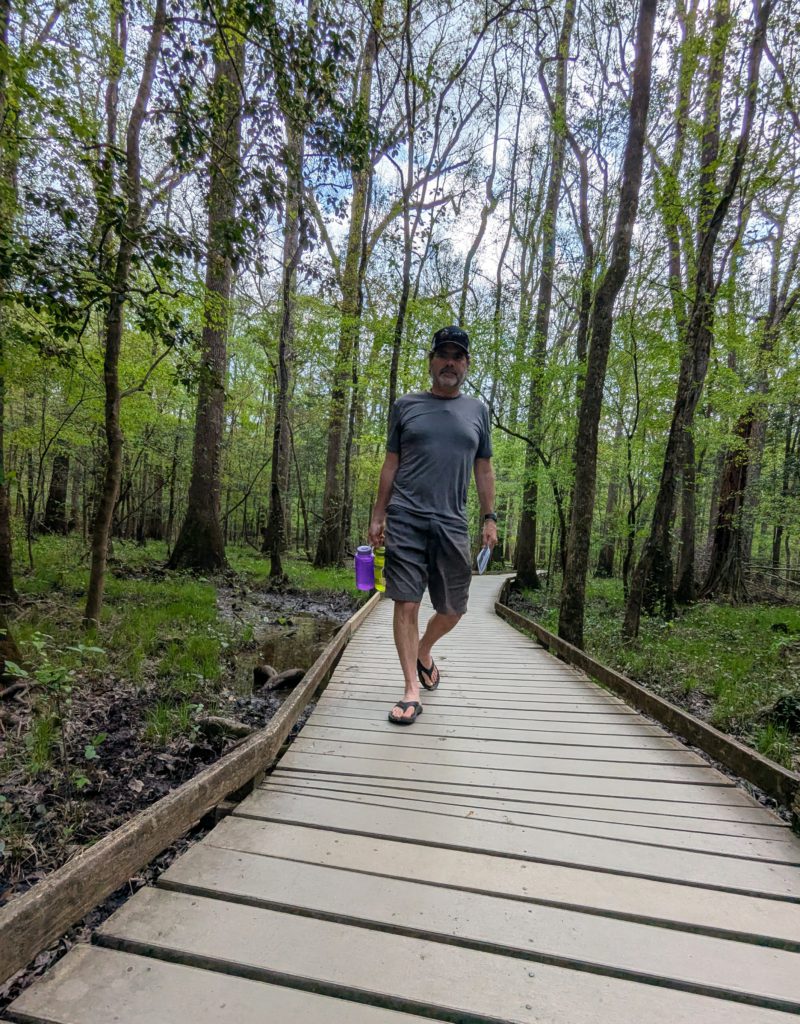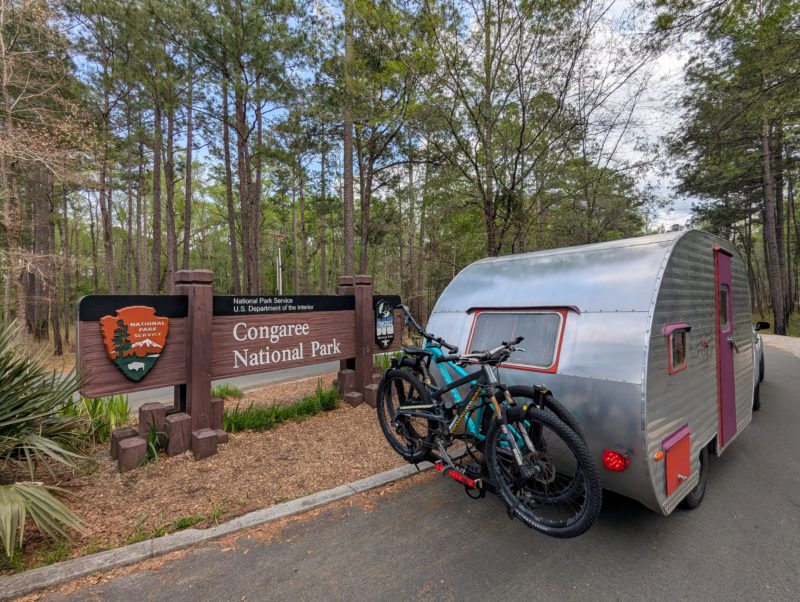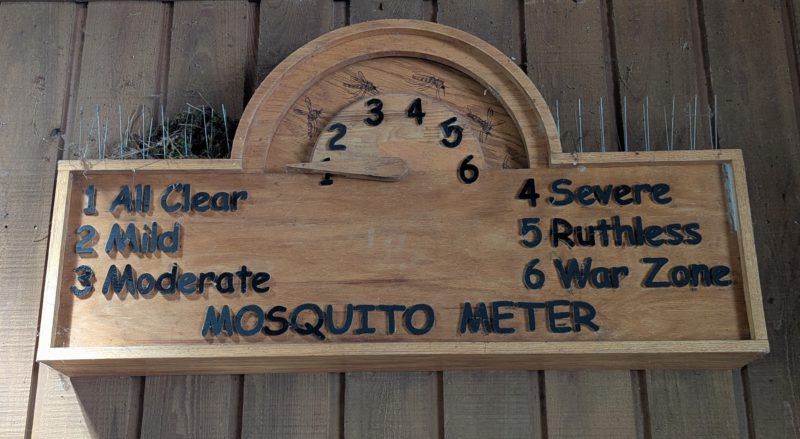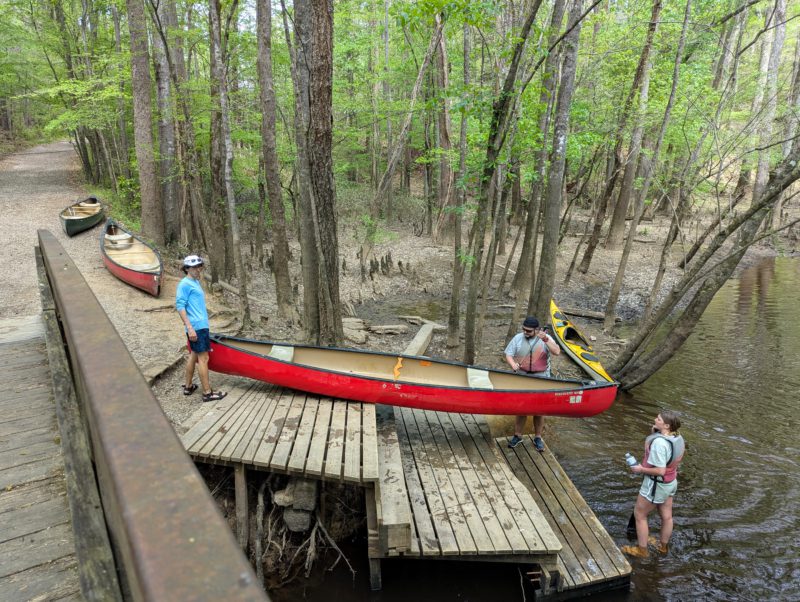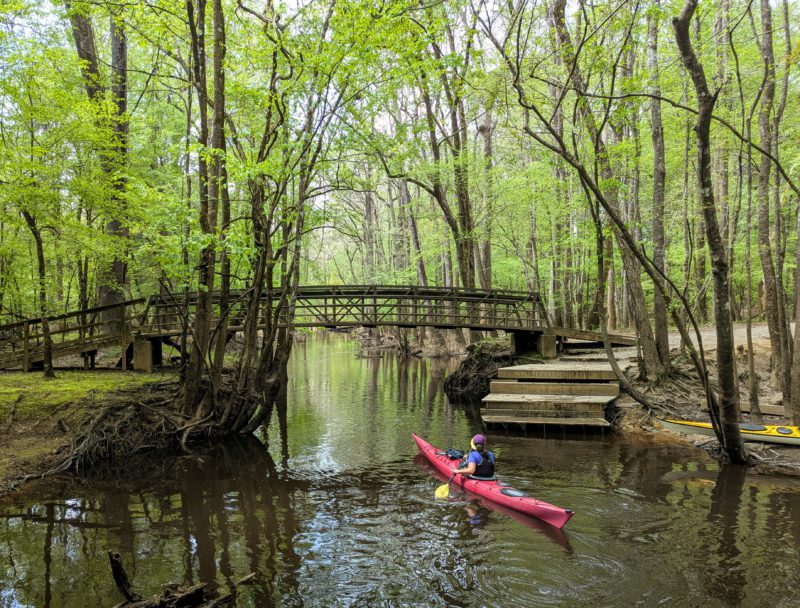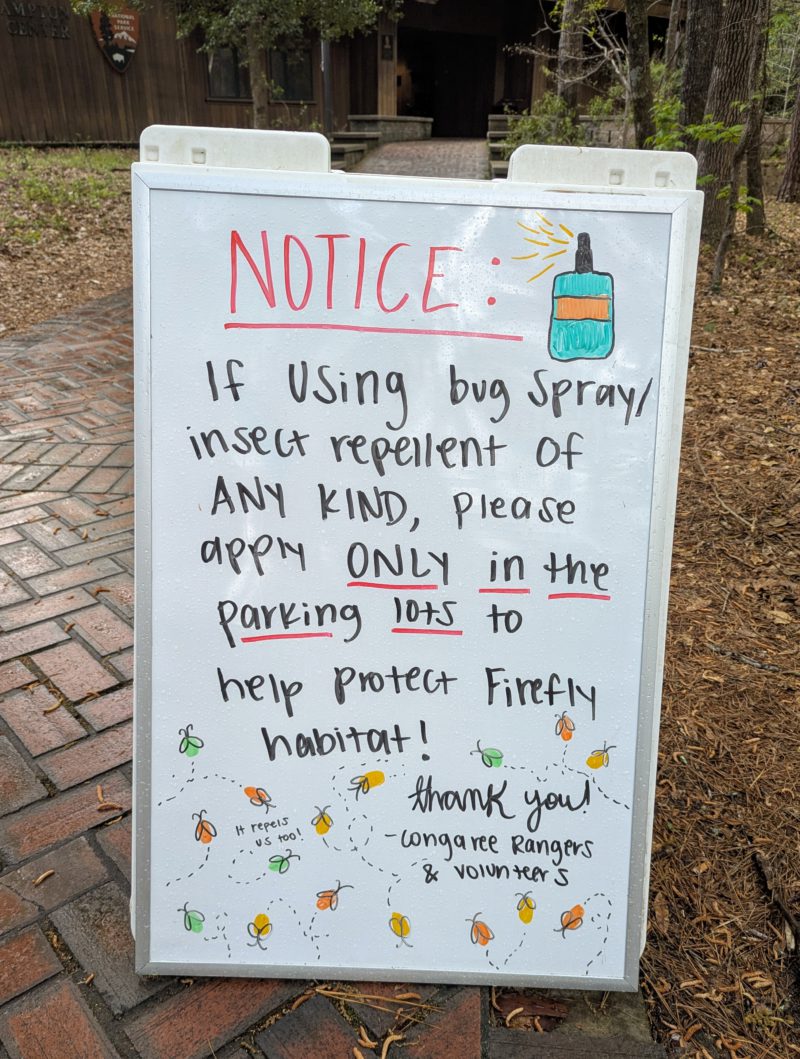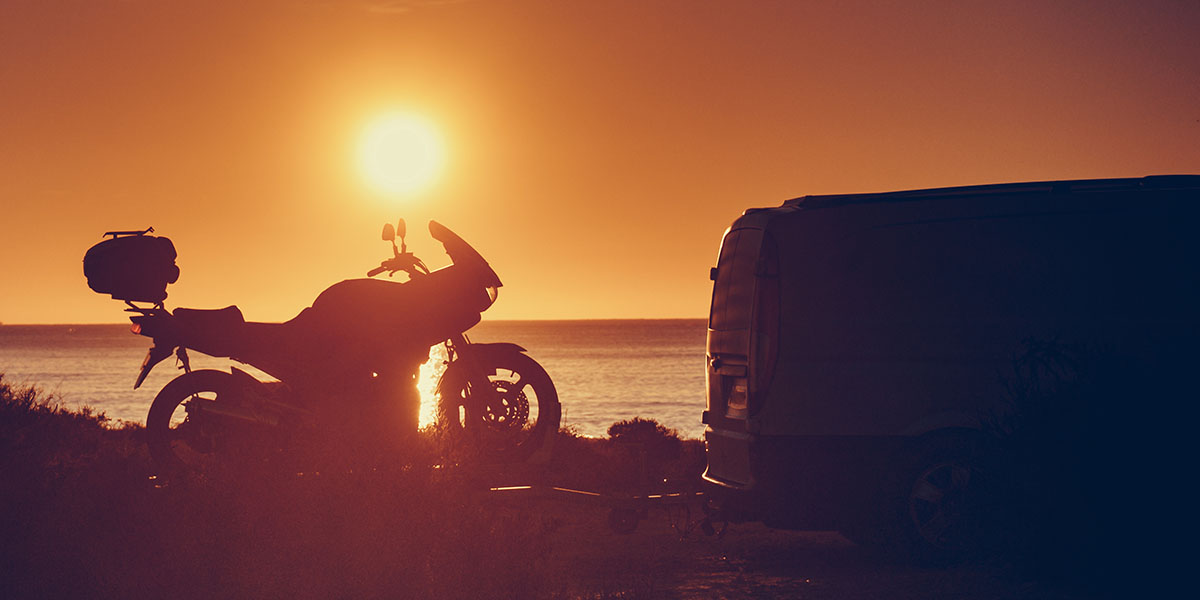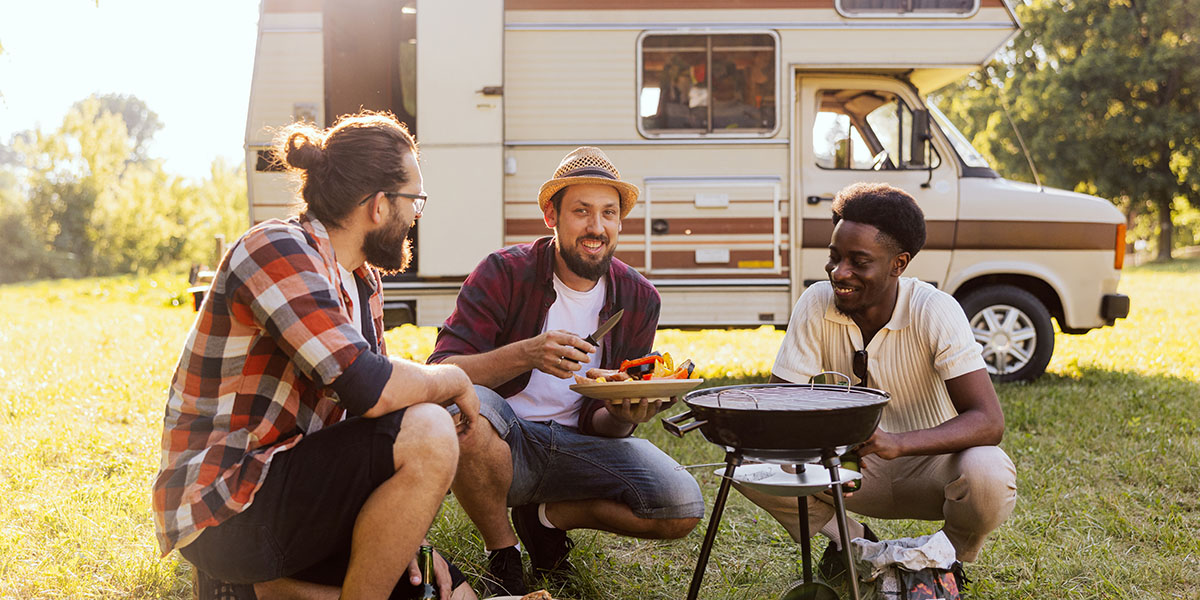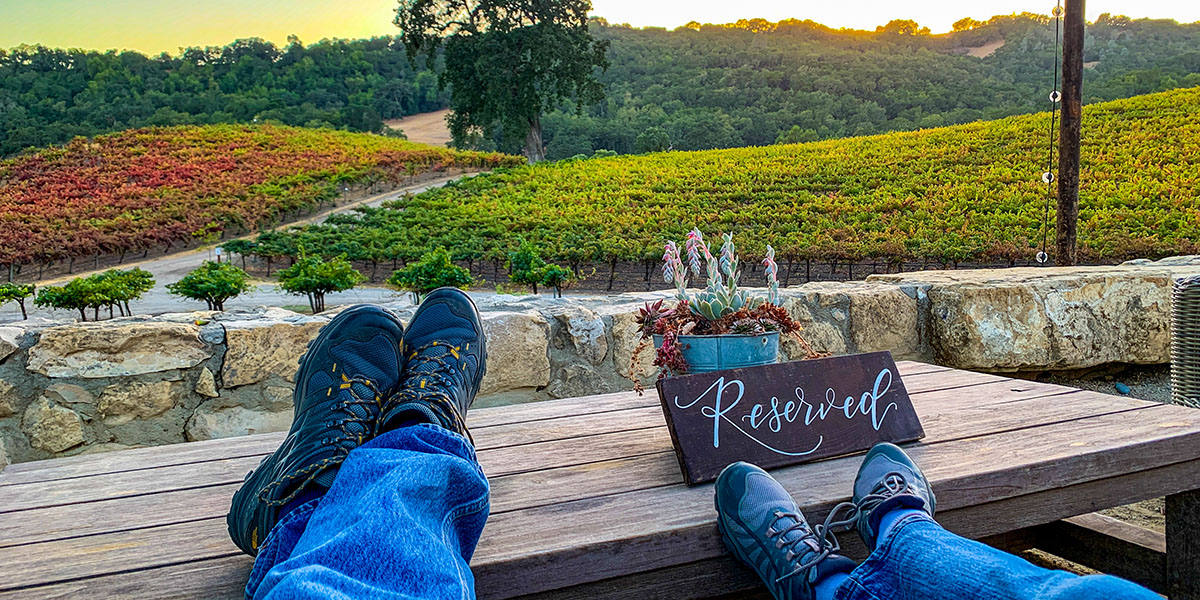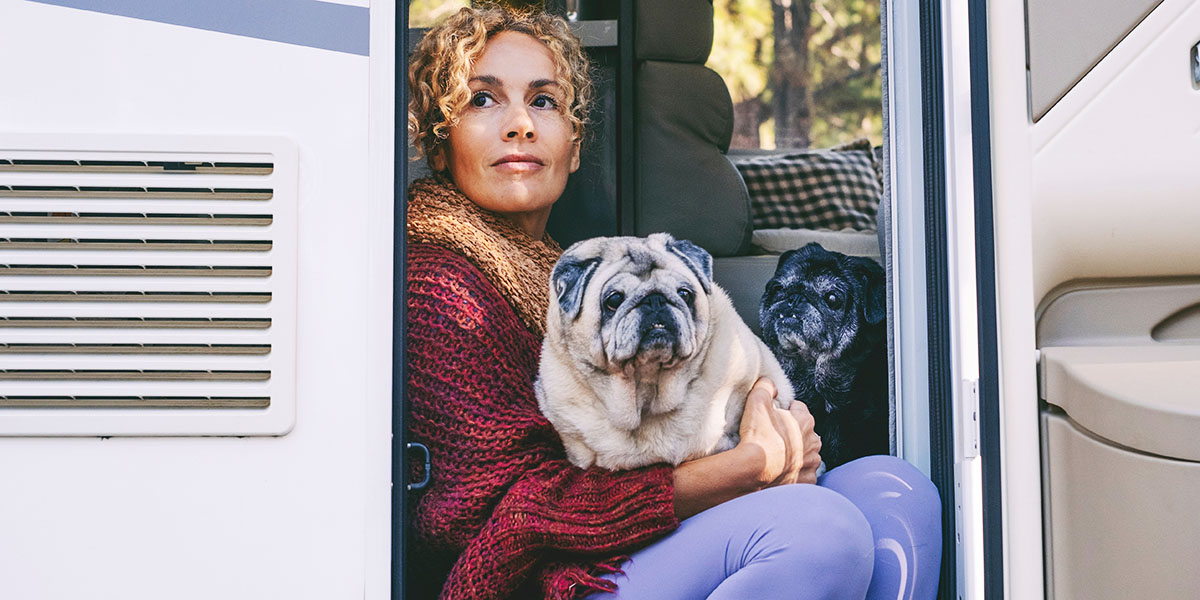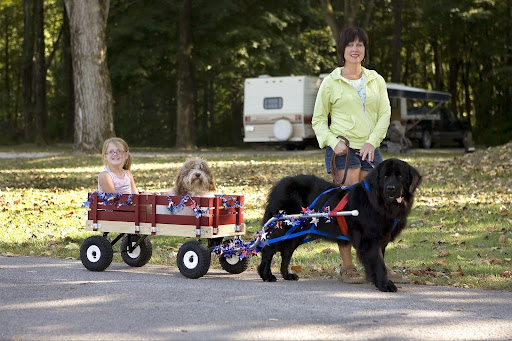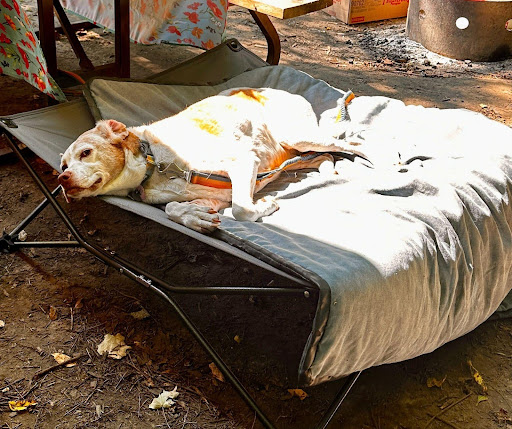Destination trailers are the heavyweight champs of the RV world. They’re not built for bouncing from one boondock to another. Rather, they’re designed to set up shop in one glorious location and live large. With residential-style appliances, full-size furniture, and enough space to stretch out and stay a while, these RVs are made for road warriors who’ve already found the perfect destination trailer sites. They’ve where to park it — to keep that scenic vibe going for the long haul. (Not a bad plan at all.)
So, if you’re thinking of dropping anchor with a destination trailer, here are six spots with all the right conditions for a long stay. For the following destination trailer sites, the views are premium. The vibes are right. And there, your stay-ready setup can truly shine.
1. Blue Water RV Resort – Freeport, Texas
Perched right on the Gulf Coast between Galveston and Surfside Beach, Blue Water RV Resort is about as close to the water as you can legally plant your rig. This isn’t just an RV park. It’s a full-on coastal retreat. With a marina, boat slips, private fishing piers, and kayak access to the bay, it’s heaven for anglers, paddlers, and sunset chasers.
The oversized sites are tailor-made for big rigs and destination trailers. Plus, with full hookups and concrete pads, your trailer will be sitting pretty. There’s even a boardwalk connecting you straight to the beach. That way, you can go from front porch coffee to toes in the sand in a matter of minutes.
What Makes It Great: Unobstructed waterfront views and year-round saltwater serenity.
2. Sun Outdoors Petoskey Bay Harbor – Petoskey, Michigan
If your idea of a perfect setup includes cool summers, lake breezes, and small-town charm, Petoskey is a dream spot for a seasonal stay. Nestled along the shores of Lake Michigan’s Little Traverse Bay, this high-end resort is minutes from wineries, bike trails, and charming harbor towns.
The resort itself has a lodge-like feel with top-tier amenities. Those amenities include a heated pool, pickleball courts, and concierge services. Sites are spacious, level, and full hookup — everything a destination trailer needs to feel like a luxury lake house.
What Makes It Great: Sweeping lake views and access to northern Michigan’s four-season fun.
3. Rancho Sedona RV Park – Sedona, Arizona
Red rock dreams are made in Sedona, and Rancho Sedona RV Park lets you live out that dream in high style. Tucked beneath a canopy of sycamore and cottonwood trees along Oak Creek, this park offers a peaceful retreat within walking distance to town.
Destination trailer owners will appreciate the large, shady sites and the ability to stay long-term in one of the country’s most scenic destinations. With hiking, vortex tours, art galleries, and world-class stargazing right outside your door, it’s the kind of place that turns visitors into residents.
What Makes It Great: A lush, forested oasis in the heart of red rock country.
4. Kenisee Lake RV Campground – Jefferson, Ohio
Destination trailers don’t have to mean luxury resorts only. Sometimes it’s about finding a low-key, nature-rich getaway. And Kenisee Lake hits the mark. Located near the shores of Lake Erie, this Thousand Trails park offers a peaceful, wooded setting with fishing lakes, hiking trails, and plenty of breathing room.
Sites are spacious. There are pull-through and back-in options, and full hookups are available. It’s the ideal setup for seasonal RVers looking to escape the summer heat or park their rig for a long-haul Midwestern retreat.
What Makes It Great: A quiet, budget-friendly base with natural charm and lake access nearby.
5. Libby’s Oceanside Camp – York Harbor, Maine
This is one of those East Coast gems where oceanfront camping is more than a sales pitch — it’s your front yard. Located on Maine’s rugged southern coastline, Libby’s offers dramatic views of the Atlantic. From here, you have direct access to beaches, lighthouses, and lobster rolls galore.
It’s a smaller, more boutique-style campground, so space is at a premium. (But that’s exactly why it’s ideal for destination trailers.) Once you’re parked, you won’t want to leave. Seasonal sites are available, and the park is open from May through mid-October.
What Makes It Great: Classic New England seaside living with an unbeatable view.
6. The Glades RV Resort – Moore Haven, Florida
For snowbirds looking to hunker down in the Sunshine State, The Glades offers something a little different — peaceful inland vibes just off the Caloosahatchee River. With a golf course on-site, wide-open sites, and scenic surroundings, it’s a great choice for long-term stays. (Especially if you wan to steer clear from the usual hustle of Florida’s coast.)
Destination trailers fit right in here. It’s a natural habitat for retirees or remote workers looking for space, quiet, and a low-cost winter escape. You’re still just a short drive from Lake Okeechobee, Fort Myers, and local wildlife sanctuaries. Quite simply, this a great home base to settle in for the season.
What Makes It Great: Room to breathe and the kind of slow-rolling (or even stationary) Florida lifestyle most folks only dream about.
Your Choice of Destination Trailer Sites
Destination trailers are built to turn a great location into a true home-away-from-home. Whether you’re dreaming of beachside breezes, mountain views, lake life, or desert stillness, the key is finding destination trailer sites with all the hookups (and heart) that you and your rig need to feel like you belong.
Before you commit to a park, make sure they accept destination trailers. (Some parks limit stays or have size restrictions.) Also, consider what kind of vibe you want. Some parks lean into the luxury resort lifestyle. Others feel more like classic campgrounds where neighbors become friends. You know, where the highlight of the day is watching the sunset with a cold one in hand.
Whichever way you lean, these six destination trailer sites deliver on what matters most — location, comfort, and the freedom to stay as long as you like. And when your rig’s built for the long haul, there’s no better feeling than finding the perfect place to park it.

